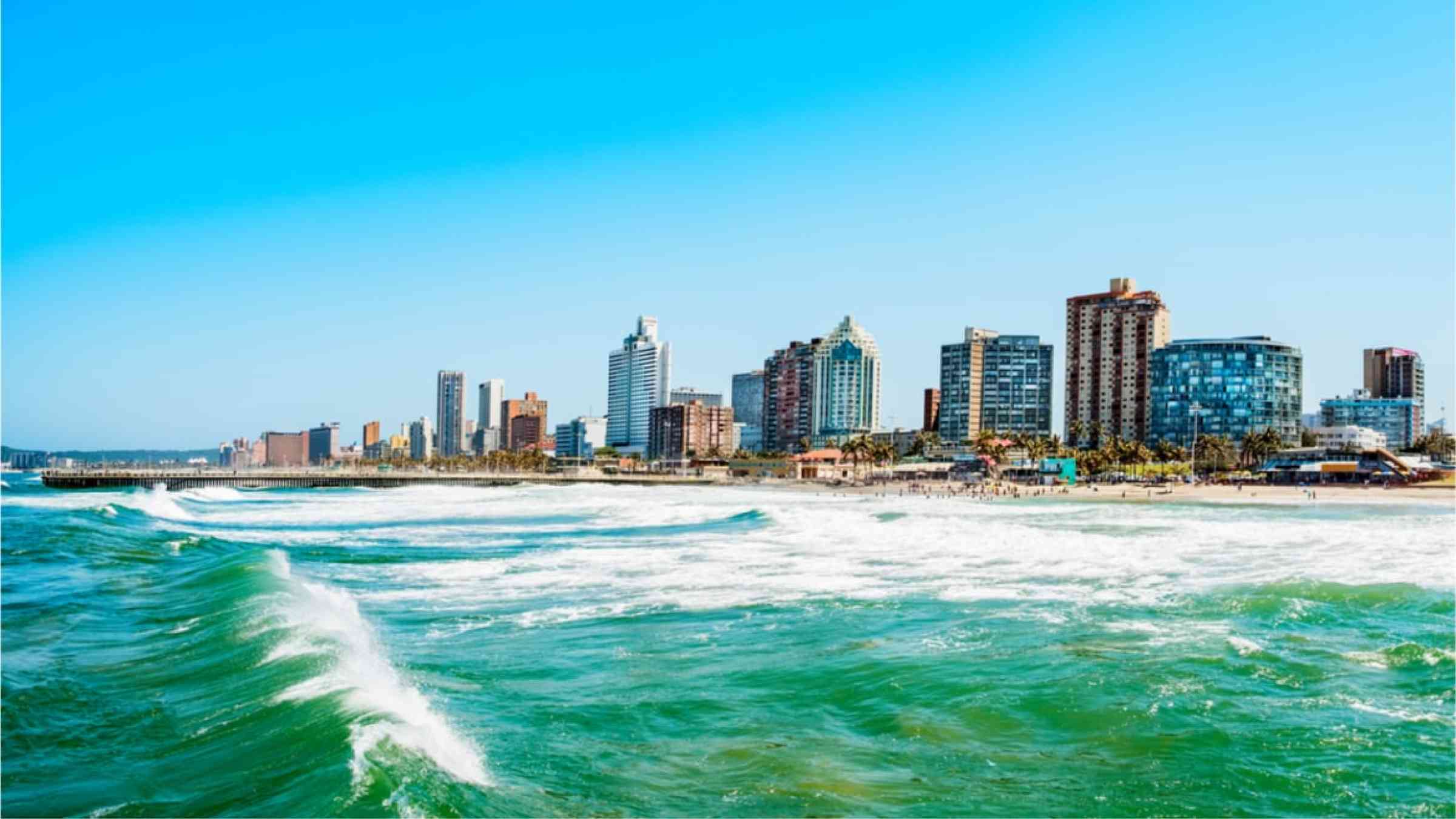How oysters are helping protect Apalachicola’s vulnerable shoreline

This nature-based solution involves creating up to 20 acres of engineered oyster reefs and up to 30 acres of salt marshes to attenuate wave action and help protect the vulnerable coastline and critical infrastructure from erosion. The project also provides ecological uplift through oyster repopulation, habitat enhancement and improved water quality.
About the project
A 6-mile segment of Highway 98 that traverses Apalachicola Bay on the Florida panhandle lies directly beside the water’s edge. Wave energy, rising tides and severe storms make this stretch of shoreline, and the adjacent roadway infrastructure, particularly vulnerable to chronic erosion. Due to the importance of this highway as a designated hurricane evacuation route, millions of dollars have been spent trying to protect the roadway. Over the years, efforts have been undertaken to stabilise the shoreline using various types of armouring, including vertical concrete seawalls, rock rip-rap, concrete rubble and articulated-concrete block mats. However, the shoreline and critical waterfront asset have continued to sustain damage. Unlike natural habitats, such as oyster reefs and salt marshes, man-made armouring is unable to repair itself after being damaged by waves.
Taking this into account, the Apalachee Regional Planning Council (ARPC) partnered with WSP USA to explore a different approach involving design and implementation of a living shoreline project. The nature-based solution involves establishing an intertidal marsh through the introduction of oyster reefs to attenuate wave energy. As one of the largest oyster fisheries in the United States, the economy and ecology of Apalachicola Bay have always been closely intertwined — the oyster fishery has suffered significant decline in recent decades and nearly total collapse in 2012.
The project will enhance ecological functions of the coastal habitats and help to restore the hard-hit oyster fishery, while also building the resilience of the shoreline and infrastructure, and enhancing recreation opportunities in the area. Initially, WSP assisted ARPC in developing the project concept and prepared grant applications. ARPC was awarded funding for the project through National Fish and Wildlife Foundation’s Emergency Coastal Resilience Fund and Gulf Environmental Benefit Fund programmes. WSP then completed an initial Coastal Conditions Analysis and gathered field data needed to support the design including ecological surveys, geotechnical data, and elevation surveys, and are providing design, construction support and monitoring through 2024.
Intended outcomes
The project provides added protection to Highway 98, a critical disaster evacuation route, as well as the primary access to education, jobs and services for area residents, and for emergency services vehicles to reach residents. Environmental benefits are numerous; the establishment of the saltmarsh habitat supports carbon sequestration. Saltmarshes absorb and store large quantities of carbon dioxide that contribute to the effects of climate change.
According to the National Oceanic and Atmospheric Administration, “mangroves and salt marshes remove carbon from the atmosphere at a rate 10 times greater than tropical forests” and “store three to five imes more carbon per acre than tropical forests.” Additionally, the engineered oyster reef system establishes a foundation for the oyster population to proliferate and build resilience to wave action and storm surge. The oysters also clean the water and serve as a food source, while the salt marshes provide habitat for birds, fish, crabs and other species. Local communities will benefit from increased resilience of the shoreline and adjacent critical infrastructure, ecological uplift provided by the improved marine habitat, environmental co-benefits of improved water quality and biodiversity, and economic benefits of a restored oyster fishery.
